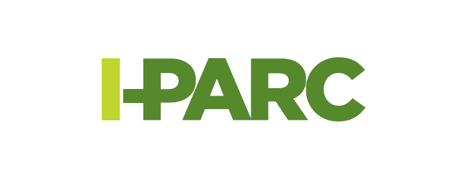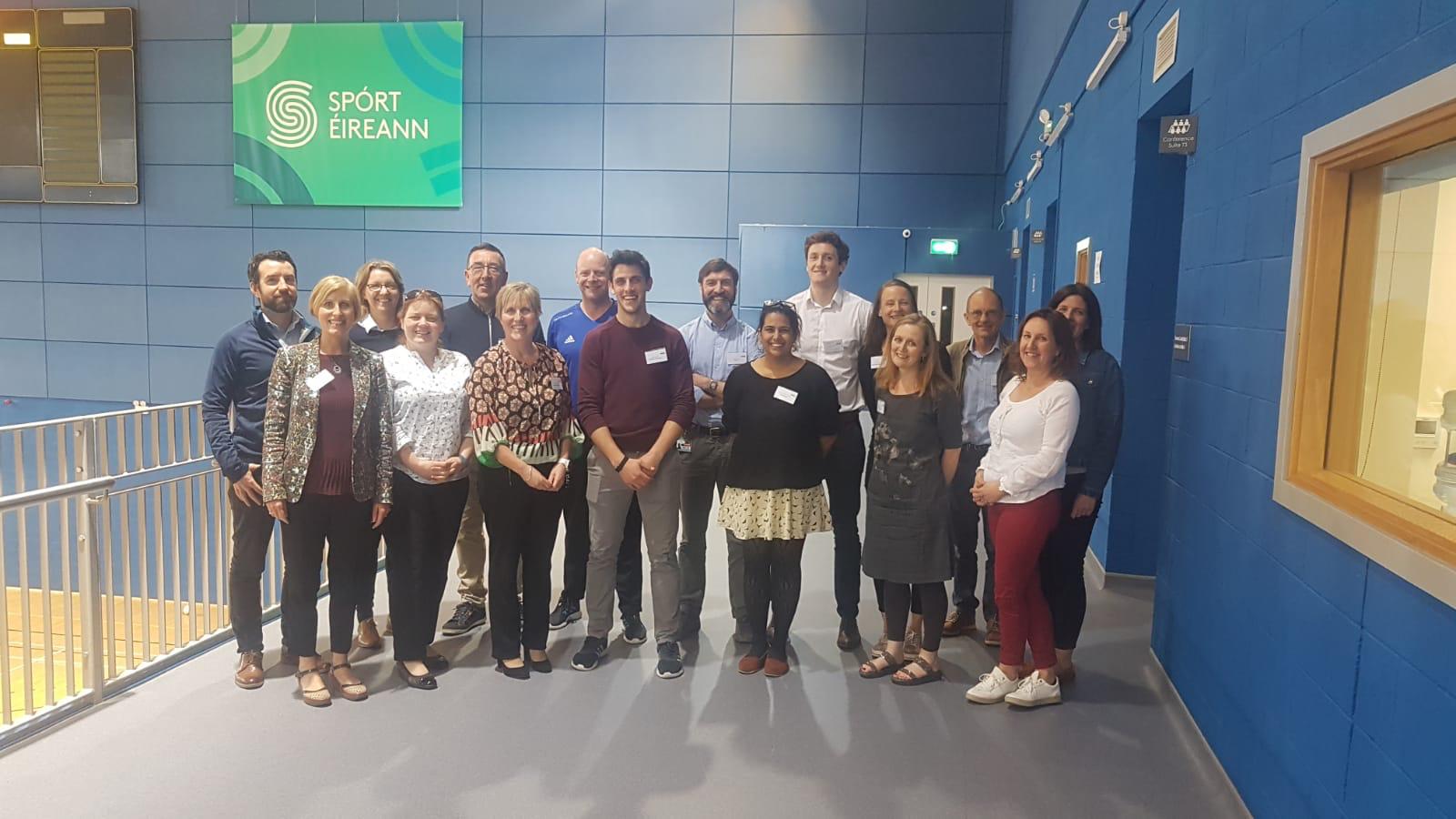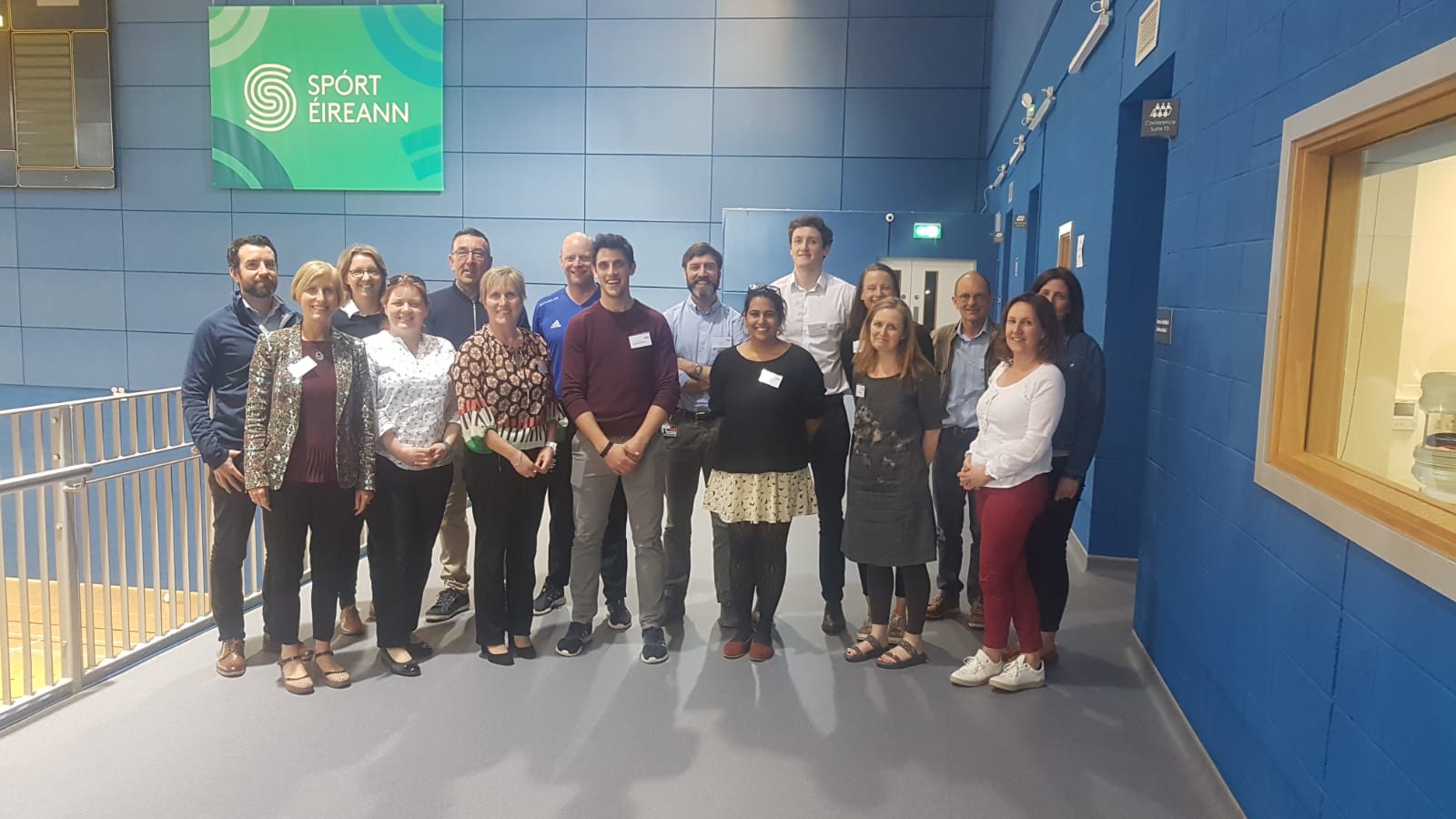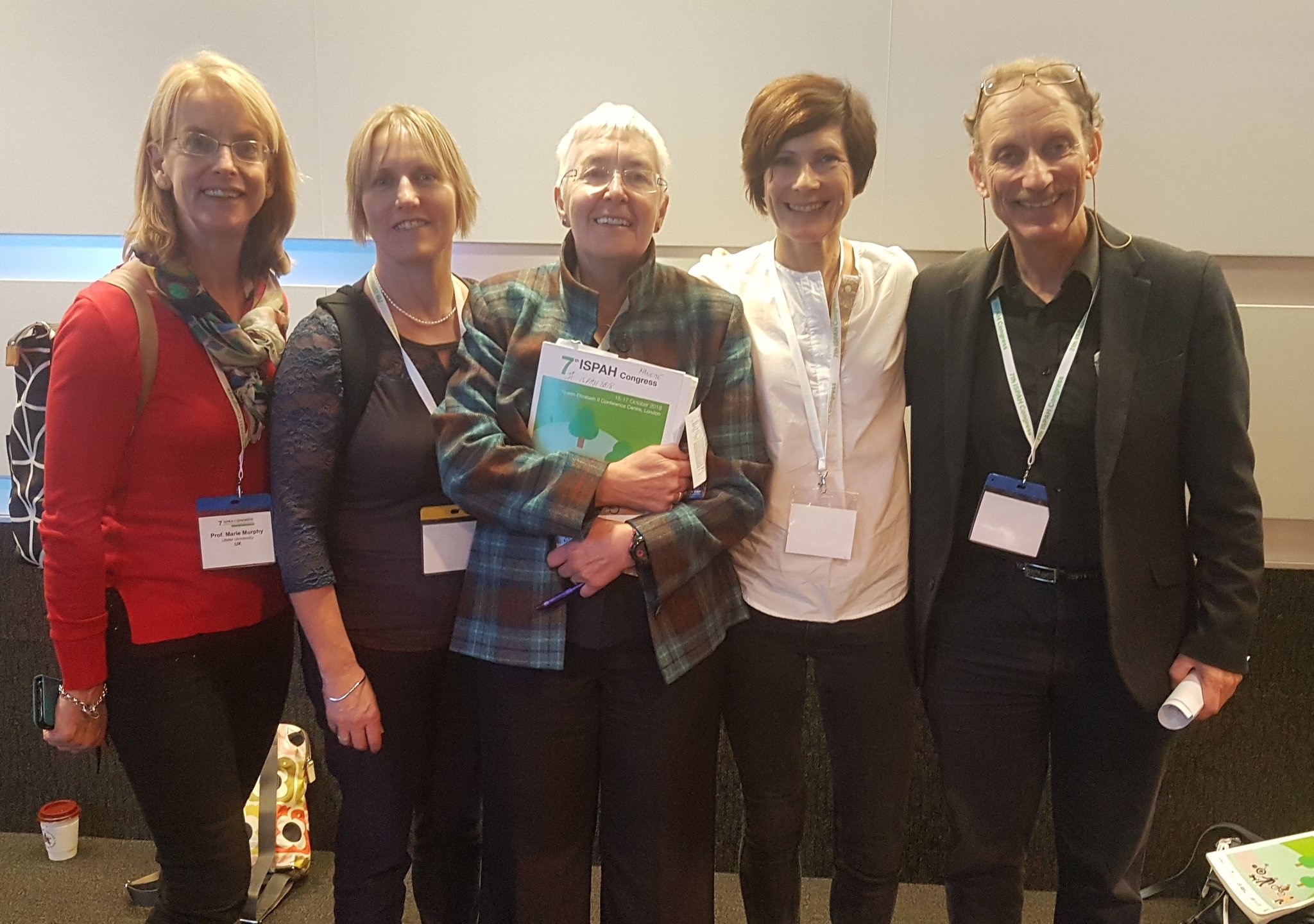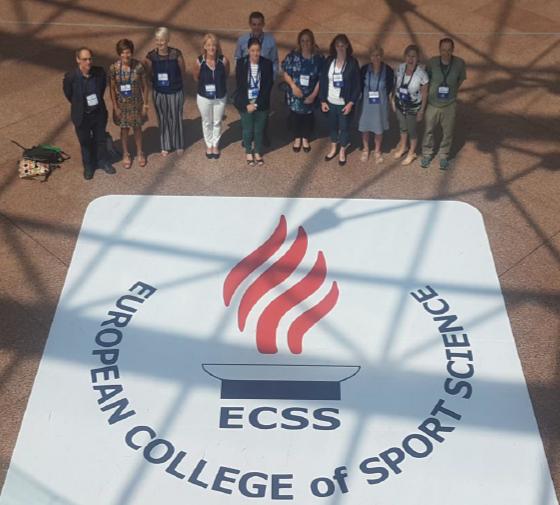Shining light on interdisciplinary walking promotion partnerships using social network analysis
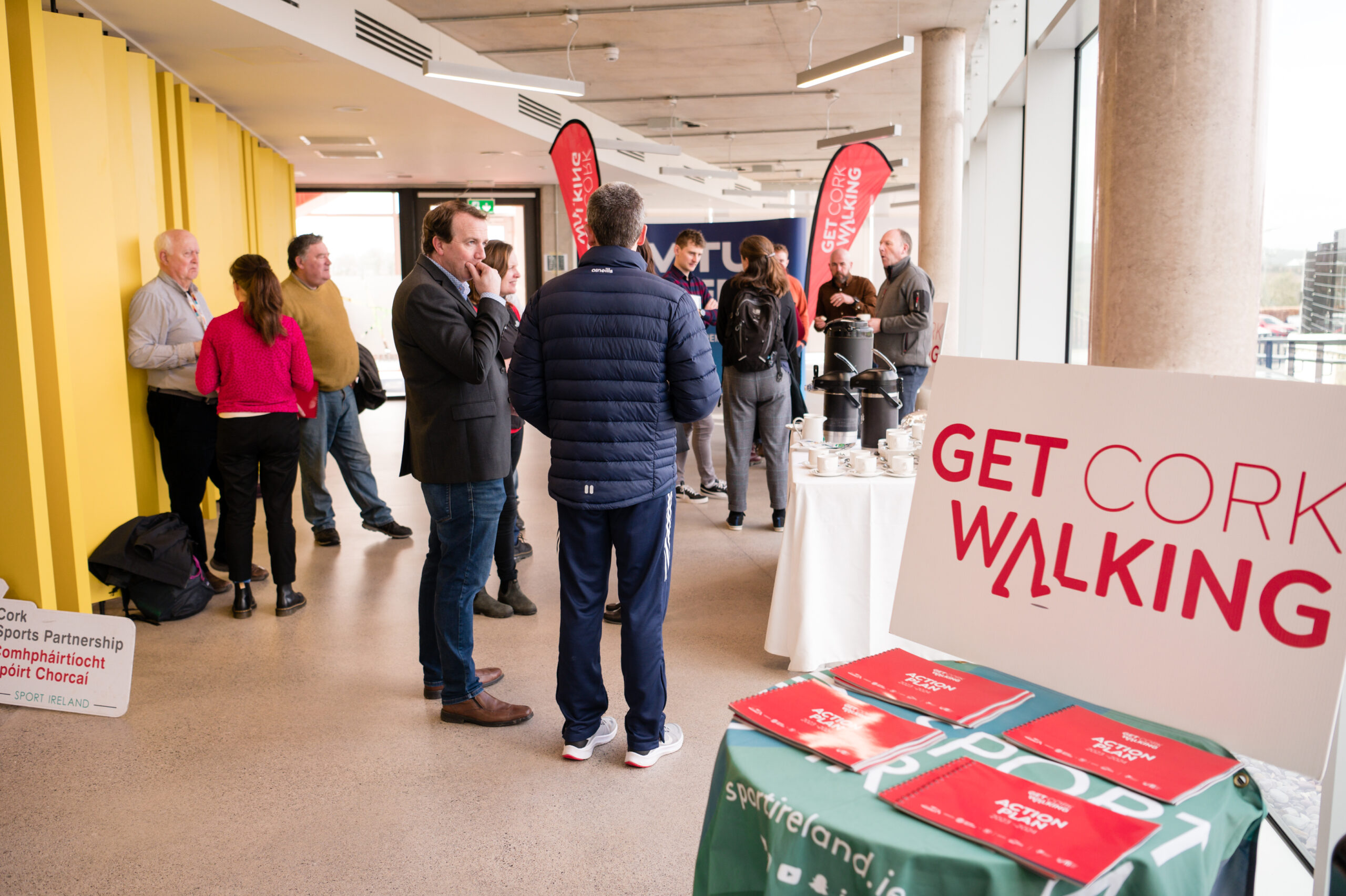
Get Ireland Walking, in collaboration with a research team from South East Technological University, set out to investigate how useful systems approaches can be to Get Ireland Walking’s national and local walking promotion work in Ireland. This blog outlines one research study conducted by Dylan Power, Dr Barry Lambe, and Prof Niamh Murphy which investigates how social network analysis methods were used to shine light on how Get Ireland Walking’s multidisciplinary organisational partnership functions over time.
The use of systems approaches – multidisciplinary approaches underpinned and backed by systems thinking principles and methods – are becoming more commonplace in physical activity research globally. Physical inactivity is the cause of interactions between a range of multilevel factors – such as policies, programmes, infrastructure and organisations – with no one solution or one quick fix. So, there is a growing interest amongst the physical activity research community aimed at working with the complexity of physical inactivity problems, rather than shying away from it. This has allowed researchers to lean into methodologies and techniques which come from the systems and complexity sciences which inherently aim to work with their inherent ‘messiness’.
One set of techniques which are commonly used in systems approaches to physical activity are that of social network analysis. Social network analysis methods, with their origins in network science, are a suite of tools used to understand the interrelationships between actors in a network. In the context of physical activity promotion and research, oftentimes social network analysis is used to understand how researchers, policymakers, and practitioners are connected through communication, funding, or collaboration relationships. The use of social network analysis can provide in-depth insights which can supplement traditional partnership evaluation in public health, like highlighting who the influential players are within the network, and who the gatekeepers are to funding and resources. Typically, visualisations made up of circles (actors in a network) and lines between them (connections i.e., friendship, communication) are developed when applying social network analysis methods to analyse network data. Insights can be drawn from the results of social network analyses both quantitatively (by calculating various statistics relating to the number of connections held by actors within the network, for example) and qualitatively (for example, by observing clusters of actors in a network or the presence of disciplinary siloes).
In a paper published by Power, Lambe and Murphy in the European Journal of Public Health, the use of social network analysis methods was used to investigate how organisations associated with Ireland’s national walking promotion organisation, Get Ireland Walking, communicated throughout the implementation of Get Ireland Walking’s strategic plan. The Get Ireland Walking Strategy and Action Plan 2017-2020 was published in 2017, and includes 41 actions which were the responsibility of over 30 multidisciplinary organisations from outdoor recreation, sport, health, transport, local government, and education. The research team from the Centre for Health Behaviour Research at the South East Technological University set out to understand to what extent organisations were communicating as intended throughout the implementation of Get Ireland Walking’s strategic plan. To do this, social network analysis methods were used to develop visualisations of two networks. Firstly, a network diagram was developed which depicted the organisational network as was written within the contents of the strategy. For example, organisations who were assigned to the same actions were assumed to have communication ties between them, and a network diagram was developed accordingly. Secondly, the research team administered a questionnaire to the each organisation in the network which asked them to list the organisations who they communicated with in relation to the implementation of Get Ireland Walking’s strategy. This allowed for a second network diagram to be developed which would allow for a comparison of communication as planned, versus communication happening in reality.

The use of social network analysis shed light on some discrepancies in ‘planned’ versus ‘actual’ communication amongst stakeholders in Get Ireland Walking’s partnership network. In the network as written in the Strategy (left diagram), a symmetrical and well connected (evident by the number of connected between actors) network can be found. More importantly, a core group of 11 organisations (nodes in the centre) were found to have the most connections in the network – often understood to be a proxy for influence. Interestingly, these 11 key organisations come from only three sectors, potentially suggesting the existence of disciplinary siloes within the network. Other work from the research team at South East Technological University found that the sectors of society related to walking extend further than that of sport and transport, and include health, education, urban design among others. In the communication network as perceived by the stakeholders (right diagram), a core group of influential organisations is less discernible, and the heterogeneity of sectors mentioned in the actual network is greater than that of the Strategy defined network. Interestingly, local government organisations were some of the most connected organisations in the actual network, whereas they played a peripheral role in the Strategy defined network.
What does all this mean for Get Ireland Walking? Well, the use of social network analysis in this way has allowed for the identification of organisations who play a role in the implementation of actions in Get Ireland Walking’s’ Strategy and Action Plan outside of those who they are named within it. This provides the opportunity for Get Ireland Walking to expand the number of organisations from heterogenous sectors to engage in their network, which may provide new funding, resources, and collaborations within the network. This work also has shone light on the need for Get Ireland Walking to place greater emphasis on building connections with local government organisations, as they play a more central role in their national work than perceived during the development of the Strategy. More broadly, this research may hold future implications for the potential for social network analysis methods to assist in the evaluation of physical activity policies.
This work was part of a four year PhD project focused on investigating the utility of systems approaches to the work of Get Ireland Walking. If you have any questions or comments relating to the work, please don’t hesitate to contact Dylan Power (dylan.power@postgrad.wit.ie), Twitter: @DPowerSETU; @niamhmurphywit; @barrylambewit; @DSESSETU.
